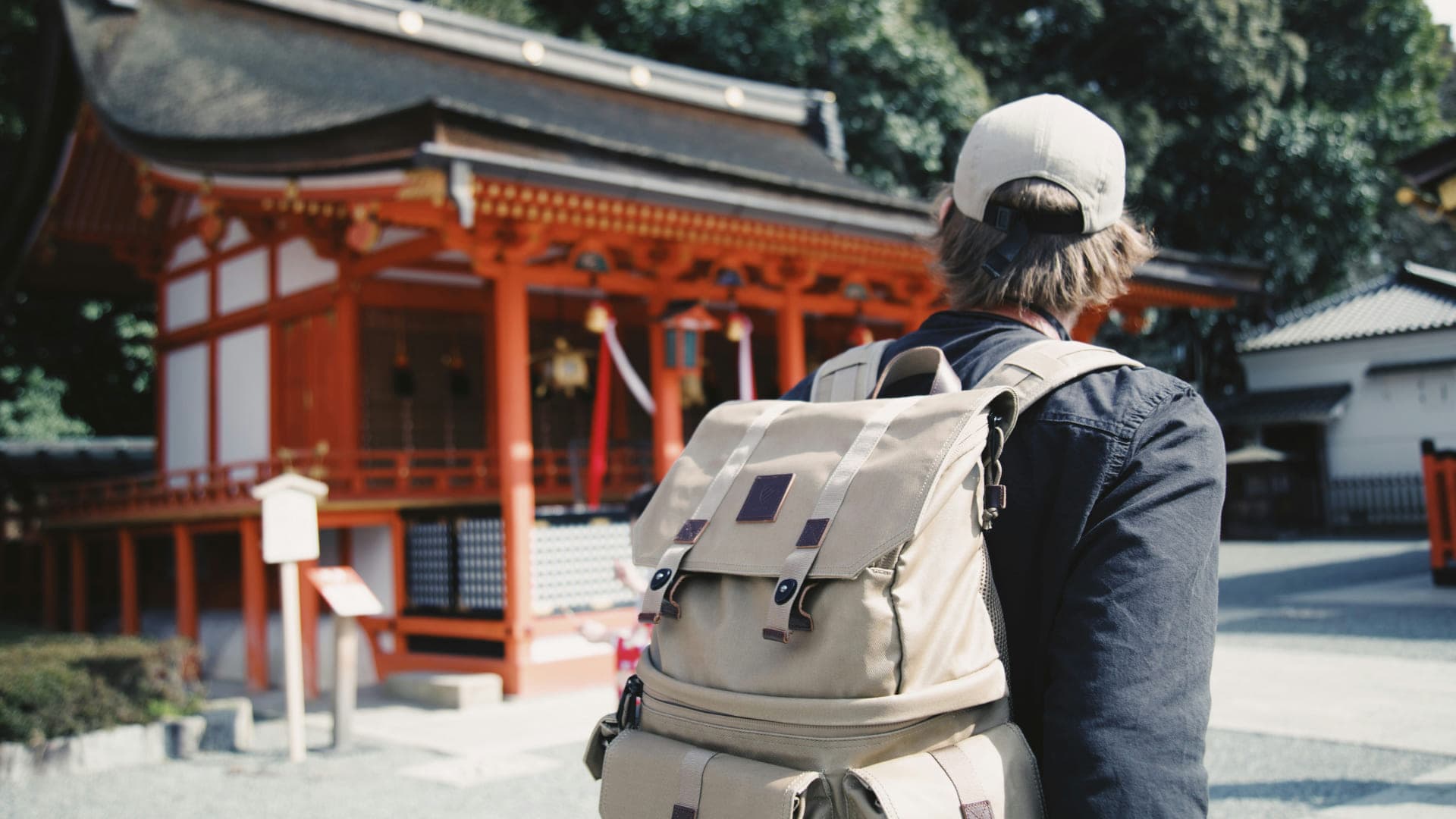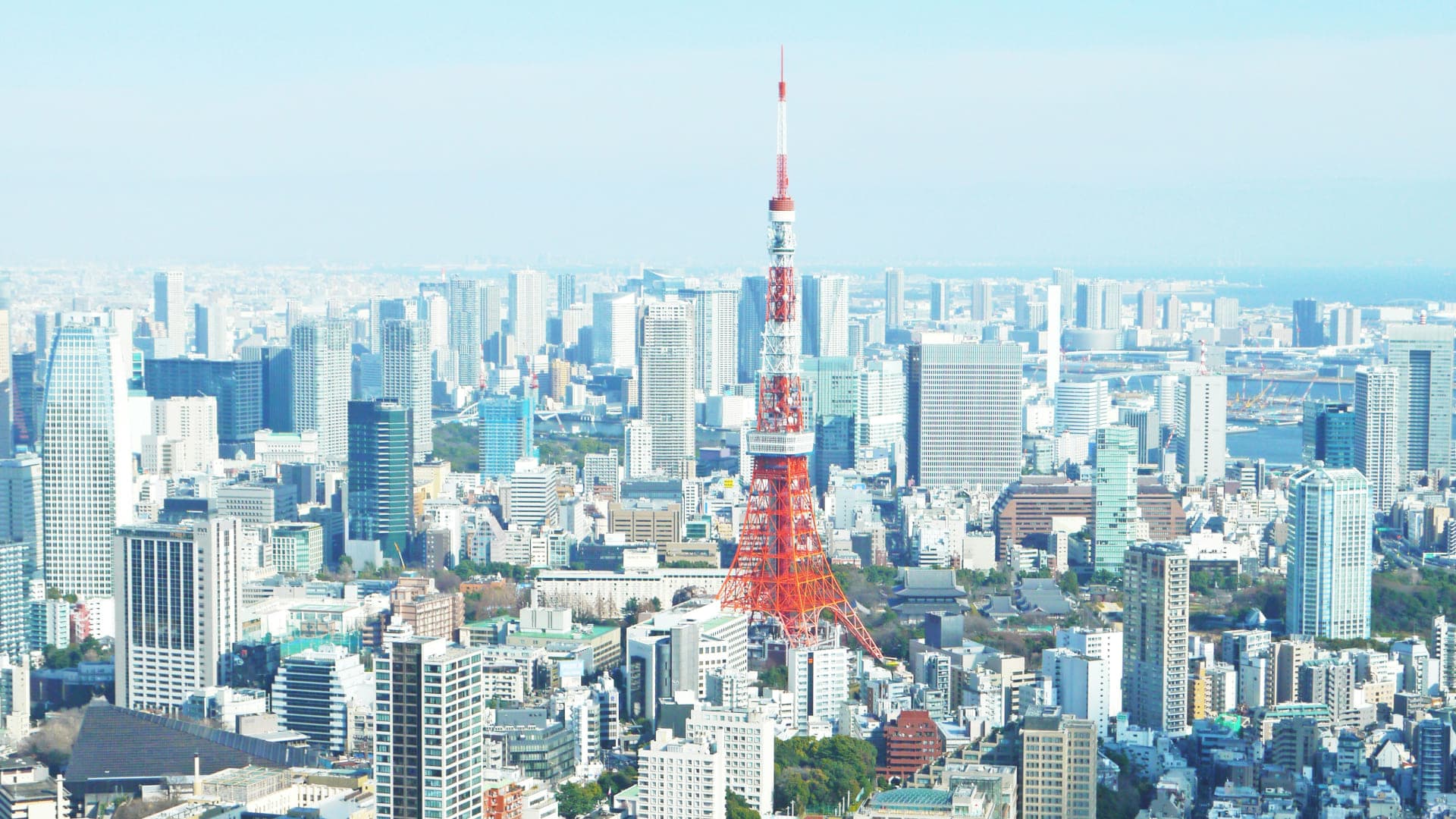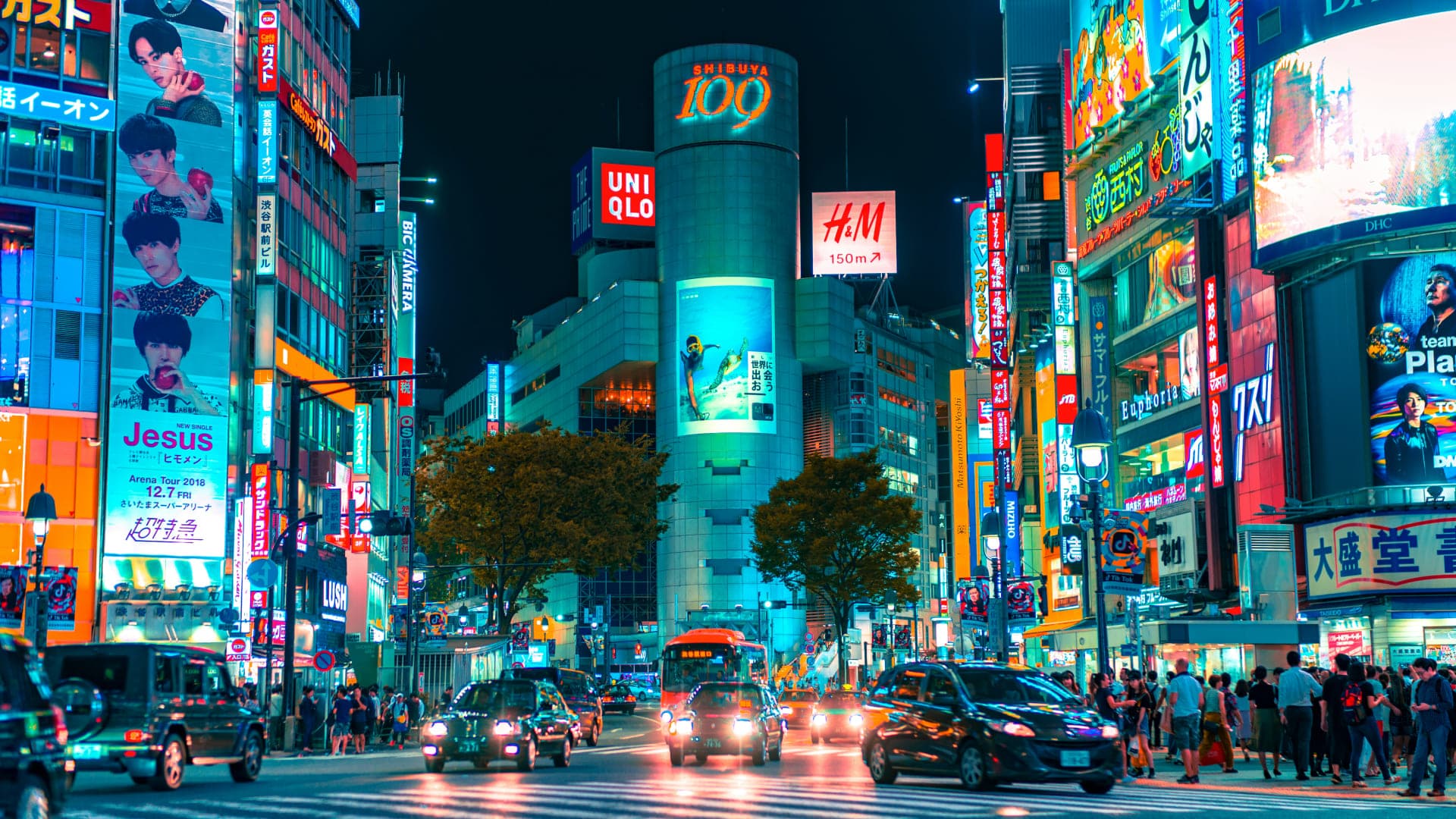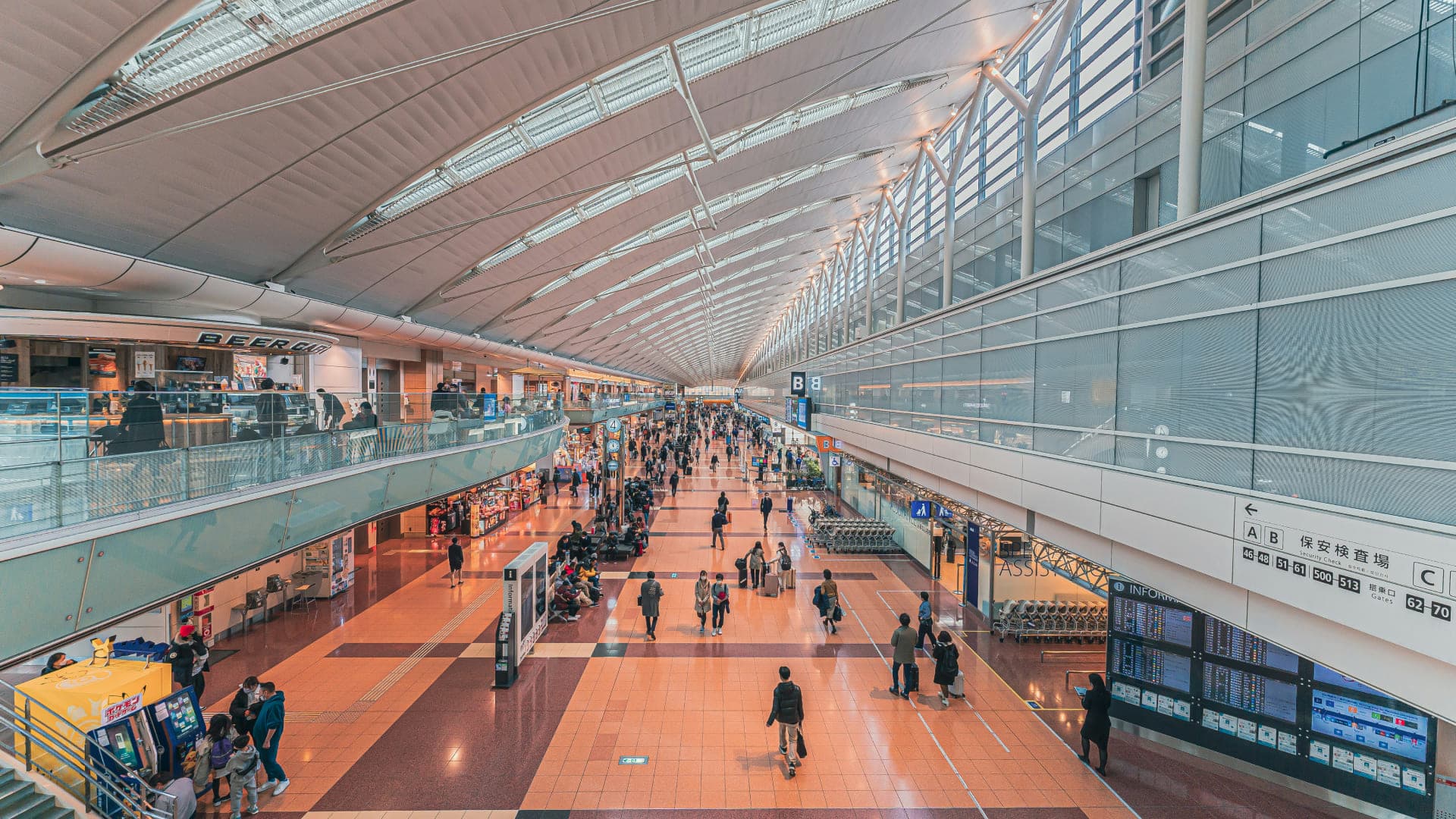【Changes at Japan's tourist sites】A front-row view of tourism transformation
Jan 27th 2025
Feb 2nd 2025
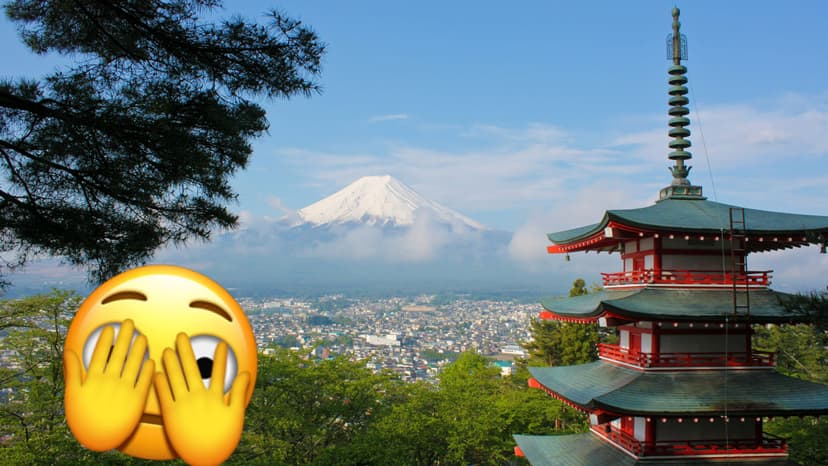
Over-tourism is becoming a serious issue at Japan's tourist destinations.
The rapid spread of information on social media and the surge in foreign tourists have highlighted various problems across the country.
At popular tourist spots like Kamakura, Mount Fuji, and Kyoto, along with their surrounding areas, there are growing concerns about the impact on local residents' lives, inappropriate behavior, and environmental damage, raising questions about how these tourist destinations should function.
This article examines the challenges faced by tourist spots across Japan and the frontline measures being taken to address them.
Introduction
One day in January, while casually browsing online news, an article caught my attention.
It was about Arakurayama Sengen Park in Fujiyoshida City, Yamanashi Prefecture, which offers a panoramic view of the World Heritage site Mount Fuji and a five-storied pagoda.
(This is where the top image photo for this article was taken!)
The article announced that this park, which has gained worldwide popularity as an "Instagram-worthy spot" for its photogenic views, will begin charging for parking from April 2025.
This decision by the city was made in response to traffic congestion on surrounding roads and rising facility maintenance costs, all stemming from a surge in tourist numbers.
Currently, tourist destinations across Japan are grappling with various challenges related to this issue and scrambling to address them.
In this article, we report on the current state of Japan's tourist sites as they face the growing problem of over-tourism.
Reasons and Background Behind the Surge of Visitors to Japan's Tourist Sites
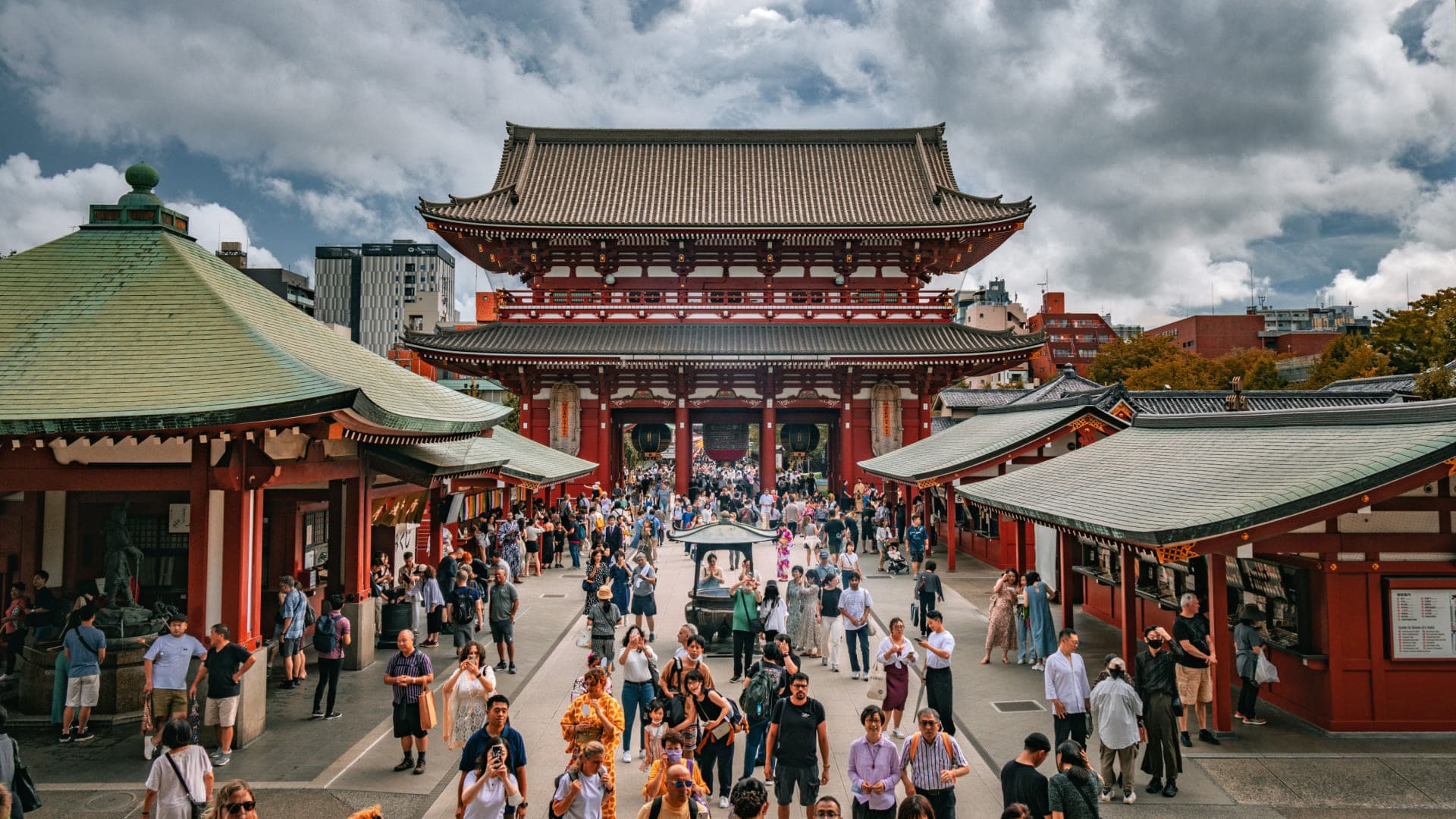
Why is overtourism becoming a serious problem in Japan's tourist destinations?
There are various reasons behind it. Let's take a look at the reasons and background behind the unexpected increase in the number of visitors flooding into tourist destinations.
Rising Numbers of International Visitors to Japan

Since 2023, the number of foreign tourists visiting Japan has continued to increase significantly.
According to the Japan Tourism Agency, the total number of international visitors in 2024 reached a record high of 36.86 million annually, exceeding the pre-pandemic 2019 total (31.88 million) by approximately 5 million visitors.
This upward trend began gradually in 2023 and showed no signs of slowing down throughout 2024.
Tourism demand has rapidly recovered, particularly from Asian countries, driven by lower travel costs due to the weak yen and the relaxation of travel restrictions across various countries.
The Japan Tourism Agency forecasts further increases in visitor numbers for 2025.
Rebound from COVID-19 Restriction Period

The strict lockdowns and border restrictions imposed by countries during the COVID-19 pandemic suppressed people's desire to travel. However, since 2023, as global restrictions have eased, there has been a notable rebound effect.
Demand for international travel has surged dramatically, and Japan is no exception to this trend. The removal of cumbersome procedures such as entry testing and quarantine measures has led to a significant increase in tourist movement.
The pent-up demand from the restriction period has actually resulted in even stronger travel demand than before the pandemic.
Information Gathering Through Social Media

The spread of social media has become a driving factor in accelerating this situation.
The way people gather information has changed dramatically over the past few years with the spread of social media. Platforms like Instagram, TikTok, and YouTube constantly share information about attractive tourist spots, which spreads rapidly.
Unlike traditional travel guidebooks and websites, social media offers easy access to firsthand accounts, immersive photos, and videos from actual visitors.
As exemplified by the term "Instagram-worthy spots," social media has become a crucial factor in travel destination decisions. Even previously overlooked locations are increasingly transforming into popular destinations due to appealing social media posts.
Issues and Problems Occurring at Tourist Spots Across the Country

While the increase in tourists contributes to local economic revitalization, it has also brought new challenges to light.
Tourist spots across the country are reporting various issues, including misconduct, dangerous behavior, and friction with local residents. These incidents have been increasing, particularly with the rapid rise in international visitors to Japan.
Here, we will examine specific cases occurring at various tourist destinations.
"Slam Dunk" Anime Pilgrimage Site (Kamakura City, Kanagawa Prefecture)

The railroad crossing near Kamakura High School Station is famous as a setting for the TV anime "Slam Dunk." This crossing on the Enoshima Electric Railway Co., Ltd. (is known as Enoden) line has become a popular photo spot due to its appearance in the anime's opening sequence.
However, since 2023, dangerous behavior by tourists has become a serious social issue. Despite the presence of security guards arranged by the railway company and city, visitors continue to ignore warnings and rush onto the road to take photos, or trespass on nearby residents' property. While Enoden has implemented countermeasures such as installing warning signs and stationing permanent security guards, tourist misconduct persists.
The "Mt. Fuji Lawson" (Fujikawaguchiko Town, Yamanashi Prefecture)

A convenience store in Fujikawaguchiko Town, Yamanashi Prefecture, has gained social media fame as the "Mt. Fuji Lawson" for its scenic shots with Mount Fuji. However, tourist behavior has become a serious concern.
Visitors frequently jaywalk across the road in front of the store and litter the area, leading to numerous complaints from local residents. In May 2024, the town reluctantly installed a "screen" to block the view, but this led to new problems as tourists damaged the screen by making holes in it. The situation calls for more fundamental solutions due to safety concerns.
World Heritage Site "Oshino Hakkai" (Oshino Village, Minamitsuru District, Yamanashi Prefecture)

At Oshino Hakkai, a UNESCO World Heritage site, tourists throwing coins into the water has become a serious issue. While these spring ponds are naturally characterized by their clear water from Mount Fuji's underground streams, there are growing concerns about water quality deterioration due to coin tossing. Despite "No Throwing" signs being present, some visitors see coins already accumulated in the ponds and mistakenly assume "it's that kind of place."
Additionally, there are frequent incidents of tourists unknowingly entering private residences for photo opportunities. Although most tourists act without malicious intent, their actions are disrupting the daily lives of local residents. The challenge lies in maintaining the site's World Heritage value while achieving harmony between tourism and local community needs.
"Retro Shopping Street" with Mt. Fuji Views (Fujiyoshida City, Yamanashi Prefecture)

A retro shopping street in Fujiyoshida City, Yamanashi Prefecture, has become a popular spot for photographs featuring Mount Fuji against a backdrop of Showa-era streetscapes. However, tourists seeking photos for social media frequently stand in the middle of active roads to take pictures, creating dangerous situations.
Local residents and shop owners have raised concerns about the risk of accidents, making it urgent to secure safe photo spots and strengthen safety awareness measures.
Famous Tourist Spot "Gion-Hanami Koji" (Higashiyama Ward, Kyoto City, Kyoto Prefecture)

Serious issues with tourists continue to arise in Kyoto's Gion Hanami-koji Street. Following repeated unauthorized entry into private alleys along Hanami-koji, signs were installed in May 2024 prohibiting entry and indicating a 10,000 yen fine.
Of particular concern is nuisance behavior towards geiko (geisha) and maiko (apprentice geisha). There are reports of tourists surrounding them to force photo opportunities, and even dangerous behavior such as grabbing their arms, disrupting the work of these traditional culture bearers. Additionally, noise from tourist conversations and loud voices has led to complaints from local residents, affecting the community's living environment.
What Should We Consider "Now" for a Better Tourism Experience?

Japanese tourist destinations facing over-tourism challenges - the cases we've introduced are just the tip of the iceberg.
To improve this situation and achieve sustainable tourism, both Japan as the host country and visiting tourists need to change their approach. Let's consider the path to coexistence from the perspectives of both tourist destinations and visitors.
Japanese Tourist Sites (Local Governments and Tourism Associations)

Japanese tourist destinations are increasing in value as tourism resources due to the recovery of inbound demand. However, new initiatives are necessary to achieve sustainable tourism while protecting the living environment of local residents.
While some tourist sites have already implemented measures such as admission restrictions, special fees, and congestion mitigation strategies, there is a need for more detailed policies that can address challenges specific to each region. There is an urgent need for the public and private sectors to work together to develop a tourism policy that prioritizes the safety of local residents, referring not only to successful examples in Japan but also to successful examples overseas.
Visitors to Japan (International Tourists)

Each tourist visiting Japan needs to change their mindset for a better tourism experience. Beyond following local rules, it's important to understand that one's home country's common sense may not always apply, and to visit with a humble attitude.
Rather than simply following other tourists' behavior, visitors need to develop their own "standards" and "ways of acting" to judge whether actions are truly appropriate. It's essential to remember that genuine tourism experiences require respecting local residents' lives and culture, rather than taking a one-sided stance focused solely on "personal satisfaction."
Finally
The over-tourism issues that Japanese tourist destinations face "today" stem from multiple overlapping factors, including the recovery of inbound demand and phenomena unique to our information society.
Japan's beautiful landscapes and traditional culture are precious assets that we must protect and preserve. However, rather than adopting an exclusionary approach, we need to find ways to coexist while welcoming tourists.
To achieve better tourism practices, both destinations and visitors need to change. While protecting Japanese culture and way of life, we must deepen mutual understanding with visitors. Most importantly, this requires maintaining a spirit of consideration for one another.
We, Next Japan Guide will continue to monitor the current state of Japanese tourism and report on the changes and challenges occurring on the ground. We hope this article contributes to achieving sustainable tourism in Japan.
Thank you for reading!
See you in the next article!
